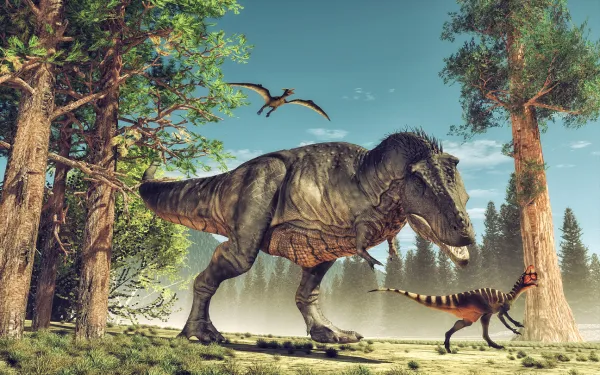
Thanks to paleontology, we now know a great deal about the fearsome hunters of the Mesozoic. From Late Jurassic rocks in North America to Cretaceous beds in China and Africa, fossils of meat-eating dinosaurs are abundant. These mostly bipedal predators were key to ancient food webs: they regulated p...
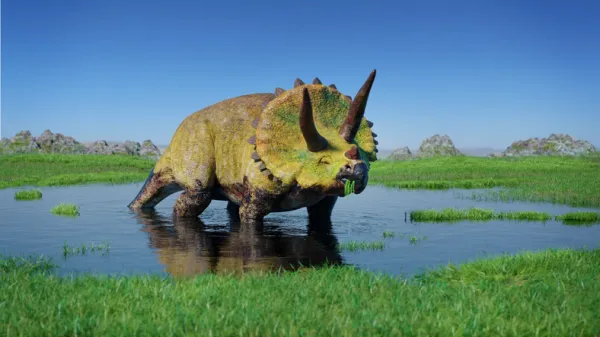
The fascinating world of dinosaurs contains an endless variety of remarkable species, each with its own adaptations and evolutionary strategies. Among them, one of the largest and most diverse groups was undoubtedly the herbivorous dinosaurs. These plant-eating giants roamed the Earth throughout the...
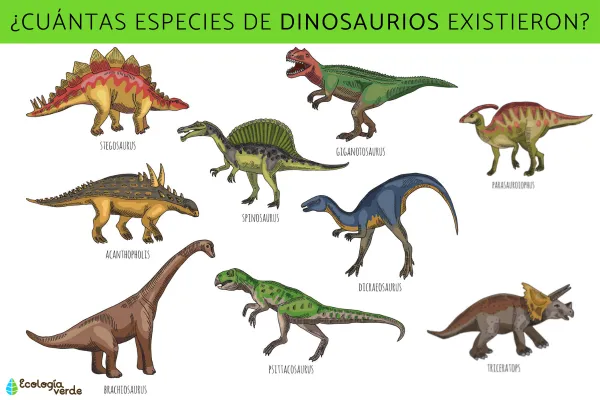
Dinosaurs—often referred to as "terrible lizards"—are a fascinating group of prehistoric animals that first appeared on Earth around 230 million years ago. For more than 130 million years, they dominated terrestrial ecosystems as the most diverse and successful group of vertebrates. Howe...
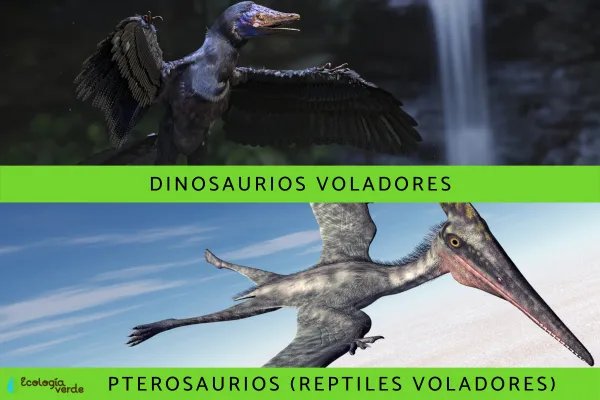
Flying dinosaurs represent a critical link in understanding the evolution and diversification of modern birds. Although these creatures lived hundreds of millions of years ago, their fossilized remains provide paleontologists with invaluable insights—not only about evolutionary patterns, but also a...
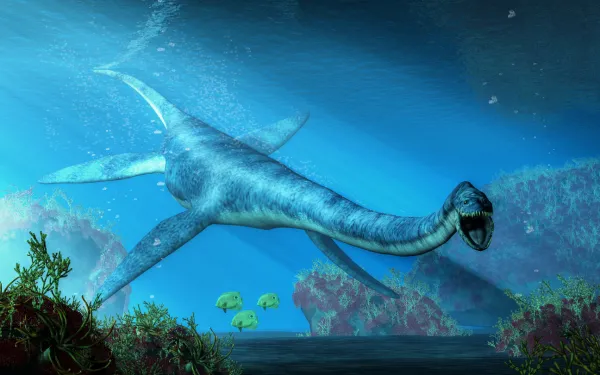
Prehistoric animals have long captivated human curiosity. Imagining a world populated by creatures that no longer exist forces us to reflect on the vast age of our planet and the incredible biodiversity it once hosted. Dinosaurs are arguably the most popular of these ancient animals, but many people...

Since the original Jurassic Park (1993), the world has been captivated by the mighty dinosaurs brought to life on the big screen. The Jurassic World series (2015 onward) introduced even more new dinosaur species, with breathtaking special effects that left many wondering: which dinosaurs really exis...

When we think of prehistoric life, we often picture massive beasts like Tyrannosaurus rex or woolly mammoths towering above us. But did you know that some of the most fascinating prehistoric animals were actually incredibly small?From feathered raptors the size of a chicken to lizard-like mammals ba...
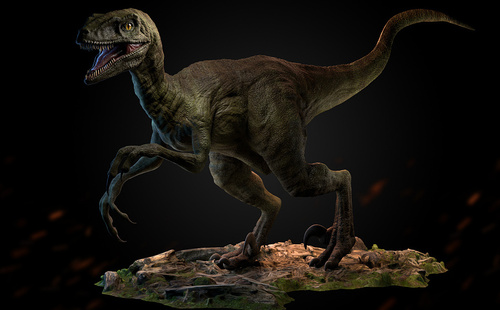
Chinese name:xùn měng lóngLatin name: VelociraptorOther names: Velociraptor ("agile thief"), Velociraptor, VelociraptorExisting period: Late Cretaceous period 83 million to 70 million years agoDistribution area: Inner Mongolia, China, MongoliaDiet: CarnivoreAggression: Very highLength:...

The Dinosaur Fish, often known as Bichir (scientific name: Polypterus), is a prehistoric-looking species that fascinates many aquarium enthusiasts due to its ancient lineage, unique appearance, and resilient nature. Native to African freshwater habitats, Bichirs have evolved little over millions of...
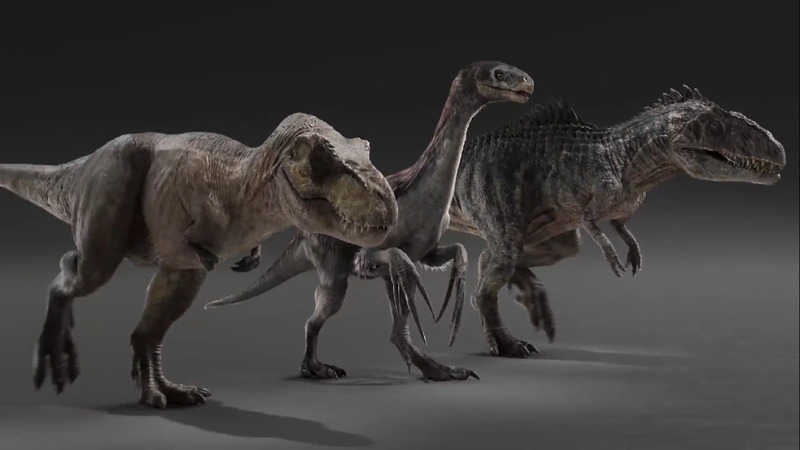
Since 1822, the first discovery of Iguanodon dinosaur fossils in Manchester, England, marked that dinosaur fossils quickly became popular exhibits in museums around the world due to their unique structure and obvious differences from modern creatures. At the first World Expo, dinosaur fossils were d...
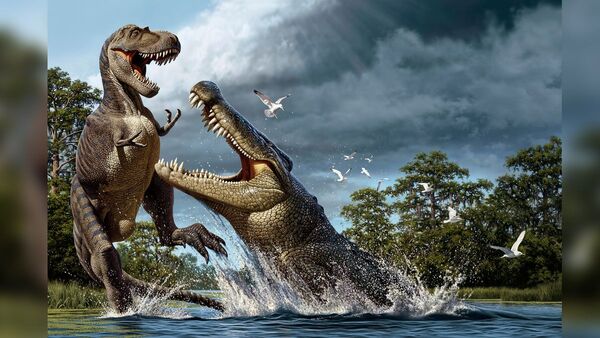
Crocodiles and dinosaurs are two of the most fascinating groups of reptiles in the animal kingdom. While often seen as distinct entities, their relationship is deeply intertwined through the branches of the evolutionary tree. This article delves into the evolutionary history, anatomical similarities...
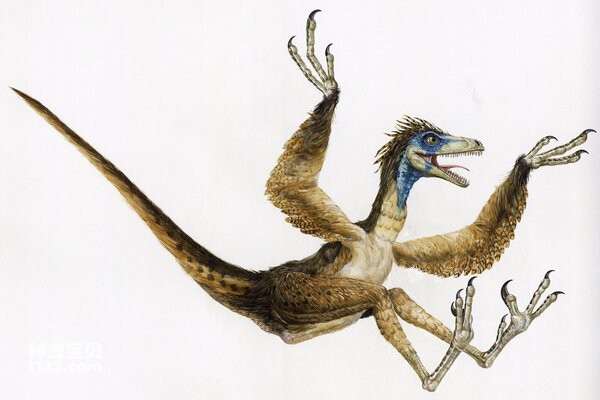
Sinornithosaurus is one of the earliest feathered dinosaurs discovered. It lived during the Early Cretaceous Period, 130-125 million years ago. Its name is derived from the Greek word for "Chinese bird lizard" and is pronounced: SINE-or-nith-oh-SAWR-us. Feeding and diet...
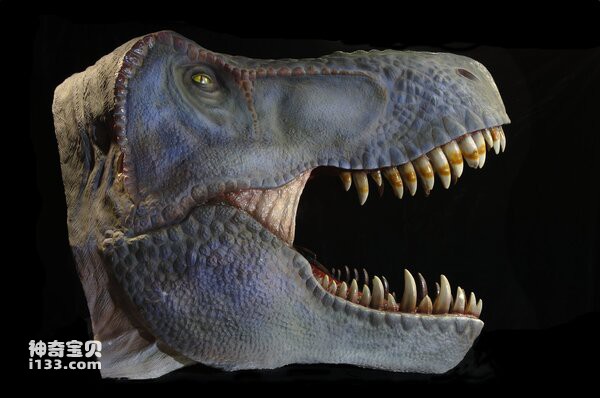
Both herbivorous and carnivorous dinosaurs needed senses to find food. How to find delicious plants to eat while keeping an eye out for stalking predators? How do you find herbivorous prey when they are camouflaged or hiding? Which senses were most helpful to different species of dinosaurs?Herbivore...
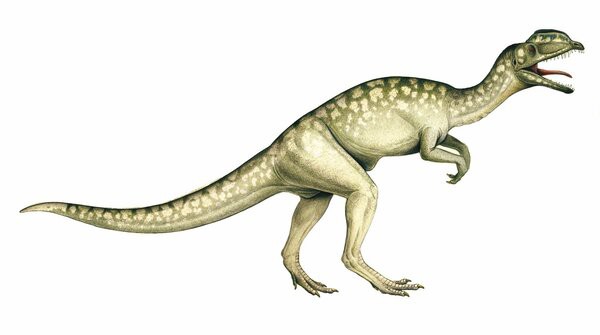
Group life - herbivores Many plant-eating dinosaurs lived together, walked together (and stepped on each other's toes and tails), and died together. Evidence of this can be seen in communal nesting sites, bone lesions, tracks and bone beds. What does this mean for our understanding...
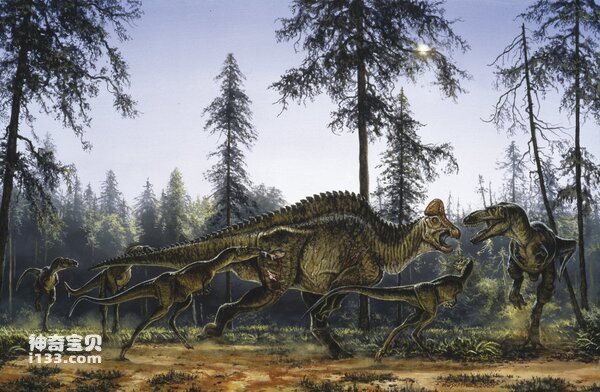
The ability to outwit other animals requires a combination of strength, speed, balance, and weapons. Most theropods relied on these skills and assets to find food, although some theropods appear to have adapted to a filter-feeding or herbivorous life. Most theropods have the same ge...
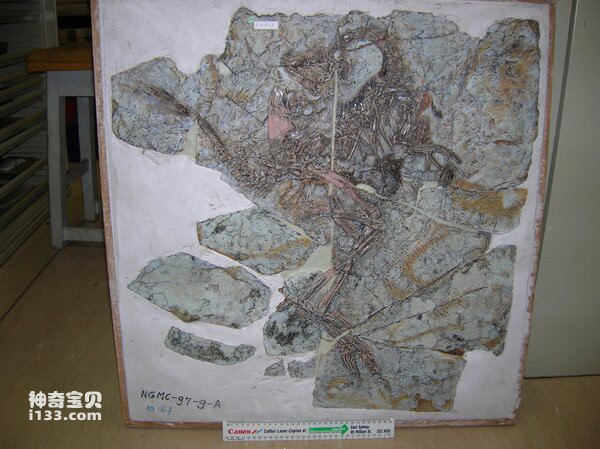
Parrots, eagles, penguins, chickens... they are all dinosaurs. Birds are actually special coelurosaur theropods. Obviously, not all dinosaurs became extinct – there are over 10,000 species living with us today. Archaeopteryx, one of the earliest known birds, is 150 million years ol...
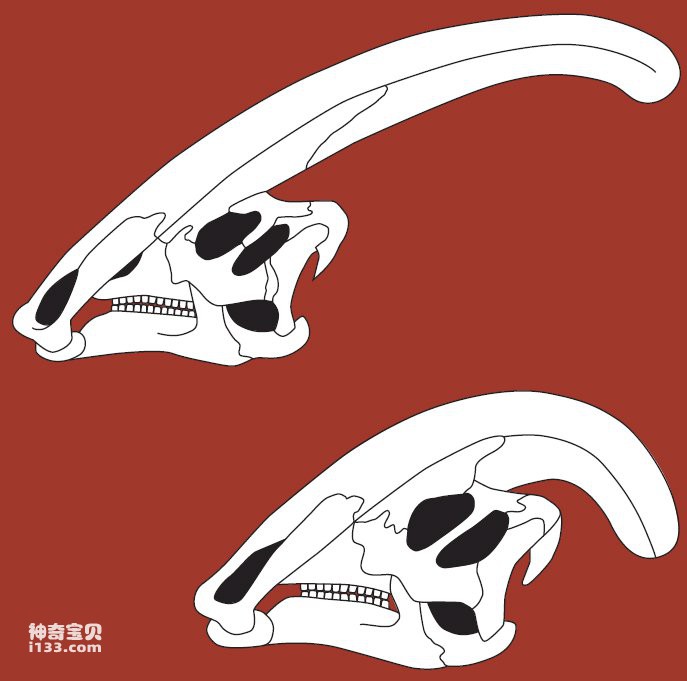
From birth to growth to death, the fossil record preserves interesting clues about the life cycles of dinosaurs. reproduction The sex of dinosaurs is a hotly debated topic, with wonderful images conjuring up in people's minds. But unfortunately, figuring out how they did i...
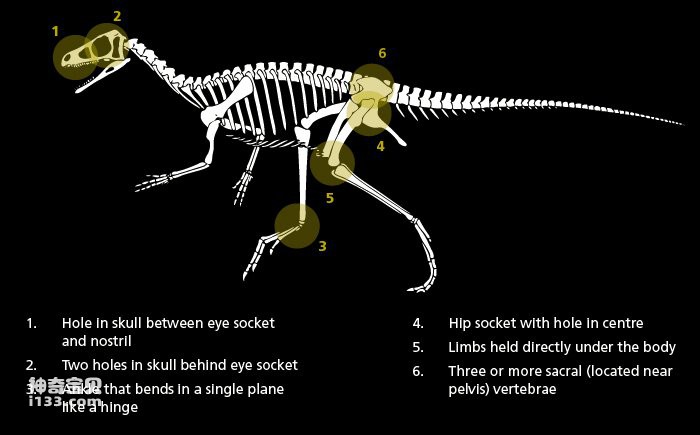
Dinosaurs include the extinct animals we know from fossils and the birds we see today.What is a dinosaur?Dinosaurs are classified as reptiles, although some of their characteristics are found in mammals and birds living today rather than in reptiles. It appears that some dinosaurs were warm-blooded...
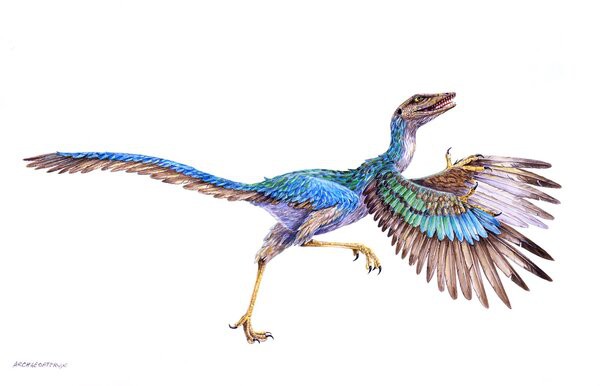
Many features of early and modern birds first appeared in theropod dinosaurs. Feathers, wishbones, modified "flapping" forelimbs, and hollow bones were found in Coelurosaurus.Coelurosaurs are theropod dinosaurs that include Tyrannosaurus rex and Dromaeosaurus.The latter includes members su...
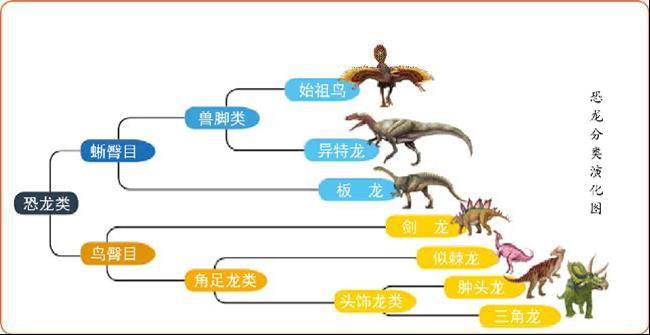
Dinosaurs are a type of ancient creatures that were widely distributed in the Jurassic and Cretaceous periods. Based on their biological characteristics and evolutionary history, dinosaur groups can be divided into several families, genera and species. The following is a detailed introduction...